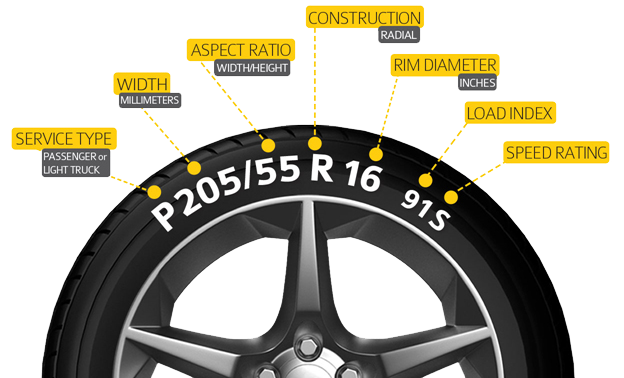Tire manufacturing

Tire manufacturing
Tires are the only part of a vehicle that directly contacts the road surface. Drivers are aware that the safety of their cars is entirely dependent on the tires. For this reason, tires must possess high levels of safety, traction, performance, and durability.
With the advancement of the automotive industry worldwide and the increasing diversity of vehicles, the need for various tire productions is growing day by day. That's why we see the establishment of new factories for tire manufacturing around the world. These manufacturers strive to produce tires that not only meet the requirements of vehicles but also have high levels of safety and performance. Consequently, we witness the emergence of new technologies in the tire manufacturing industry.
The markings on the sidewall of a tire
Modern technology and advancements lead to the establishment of various standards and features for each tire. However, there are always certain fixed characteristics for each tire. These features are imprinted on the tire using numbers and letters and consumers can inspect and compare them when making a purchase. The information imprinted on the sidewall of tires provides crucial details about their specifications. If you intend to purchase new tires for your car, it's essential to familiarize yourself with these numbers and letters. This information will enable you to choose tires that match the required features and ensure optimal performance for your vehicle.
- Tire Size: The size of the tire is typically represented by a series of numbers and letters. For example, P215/65R15. Here, "P" stands for Passenger, "215" is the tire width in millimeters, "65" is the aspect ratio (height as a percentage of width), and "R" indicates radial construction. "15" is the wheel diameter in inches.
- Load Index: This number indicates the maximum load-carrying capacity of the tire. A higher number corresponds to a higher load capacity.
- Speed Rating: A letter indicating the maximum speed the tire can handle. Common ratings include "H" for up to 130 mph and "V" for up to 149 mph.
- UTQG (Uniform Tire Quality Grading): This grading system provides information about treadwear, traction, and temperature resistance. For example, a tire with a treadwear rating of 300 will wear less than a tire with a rating of 200 under the same conditions.
- DOT Code: The Department of Transportation (DOT) code includes information about the tire's manufacturing plant, size, and the week and year it was produced.
- Tire Construction: Radial tires are indicated by the letter "R" (e.g., P215/65R15). Other constructions include "D" for diagonal or bias-ply and "B" for belted bias.
- Tread Patterns and Sidewall Markings: Some tires have specific markings or symbols indicating their intended use (e.g., "M+S" for mud and snow, or an icon depicting a mountain with a snowflake for winter tires).
Always refer to the manufacturer's guidelines and consult with a professional if you have specific questions about your tires or need assistance in choosing the right ones for your vehicle.
